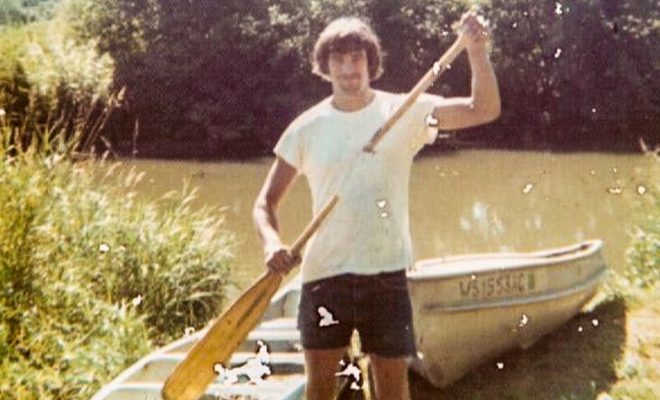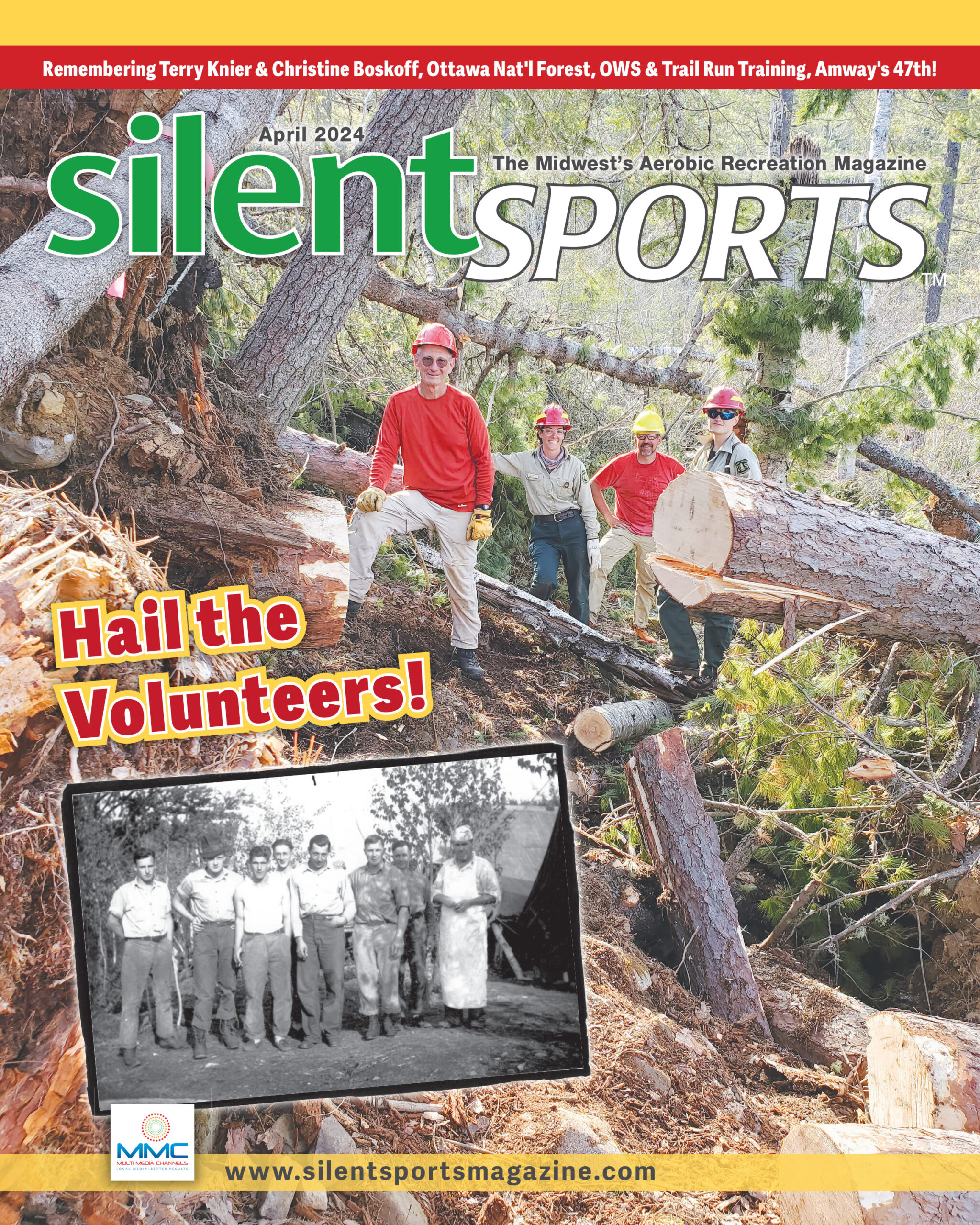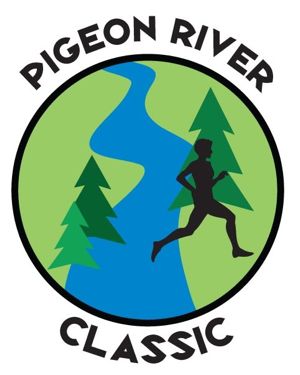Paddle in the Barn

BY Dan Woll
It was 1970. I didn’t know it but I was three years away from a rendezvous with the Kickapoo River. My future felt like a trip down that enigmatic little river. Uncertain.
Accepted into the American Teacher Corps and assigned to a school in Wilmington, Delaware, it was my turn to be the minority. It’s an unpleasant lesson everyone should learn. I lived in a poor neighborhood, weighed down by poverty and racial tension. For two years, I was never out of the city. My closest wilderness experience was a jog on a grass path around the city reservoir.
I was alone and depressed until I met fellow intern, Ed, a city kid from a mill town near Philadelphia. He came from tough Polish stock. His dad was a Battle of the Bulge vet who survived a brutal Nazi prison camp. Together we stuck it out, found our strengths and weaknesses as teachers and came away wiser.
As valuable as those years were, I needed to clear my head. Fortunately, out in Wisconsin there was a principal who took an interest in the resume of a long-haired, East Coast rebel, and just like that, I was a teacher in Sauk City. Today Sauk City/ Prairie du Sac is a destination, but then it was blue collar, rough and isolated. Locals scoffed at hard times and made the best of it. On bleak winter nights, Water Street would be lined with running pickup trucks, diagonally parked, idling while their owners whiled away an hour or three in the local pubs. People worked hard and played hard.
I learned to hunt, camp, shoot the breeze in a country bar and fix trucks—all habits foreign to a kid from New Jersey. I fell in love with the outdoors. Devil’s Lake State Park was a bike ride away. There I learned rock climbing skills that would eventually take me to Yosemite Valley and the giant walls of Half Dome and El Capitan.
I was in danger of becoming a legend in my own mind. It seemed right that I should share my exaggerated pathfinder skills with Ed. In 1973, you needed a long-distance operator to call from Sauk City and it took a little time to connect. When I did, Ed was game for a canoe trip even though my river experience was limited to a leisurely float down the Wisconsin with a friend named John. The stars aligned for that first trip. The weather was perfect, sand bars offered bug-free campsites, firewood was dry and plentiful and the river was wide and gentle. In other words, I had a distorted view of canoe trips. Ed deserved a challenge and the mysterious little Kickapoo fit the description. In the 70’s the river was seldom traveled from its headwaters all the way to the Wisconsin River and then the Mississippi. It promised to be a fun adventure.
A few weeks later, a 707 taxied up to the Dane County Airport. They pushed the stairs up against the plane and out came city kid Ed, ready to go in blue jeans, a sleeveless shirt and a ball cap. The inadequate clothing could be addressed later. We had a more immediate complication. No canoe. Problem solved when friends introduced me to Jim Staff, a teacher, who had a few canoes to rent and a school bus to haul them (this was the beginning of the huge rental fleet now based near the Sauk bridge.). Mr. Staff said he only did pickups on the Wisconsin River but no matter, John had a truck and would help us. We rented a dented Grumman and a couple of wooden paddles that had seen hard use. John, a farm kid who knew about implement handles, said, “There’s a crack in this one.” We ignored him.
Using a Wisconsin state road map with Governor Patrick Lucey on the cover, John navigated the steep forested ridges and endless creek valleys of the Driftless Area toward a small blue line that might be the Kickapoo. We found no landing but figured we were close. Assuming this was how canoe trips start, we dragged the canoe and gear across a plowed field, over a tree lined fencerow, then bushwhacked through buckthorn and stick-tights until we came to a small, muddy creek.
“That’s got to be it.” John said.
He gave us a shove and we began to scrape down the shallow streambed. My recollection after almost a half century is that in the beginning, we baked in an intense July sun as we passed shorelines that were mostly treeless. I may be wrong about the shoreline, but my indelible memory is of the serpentine nature of the Kickapoo. It doubled back on itself to the extent that it was possible to step out, walk up a steep bank, and look over into the river at a spot we had passed a half hour before.
It was turning into a long hot afternoon. Then, the Kickapoo, like Teddy Roosevelt’s Amazon River of Doubt, deepened and darkened, becoming thick with brush as it progressed south. Trees and bushes overhung the river, knocking off our caps and scratching our arms as we held them up for protection. We began to run into deadfalls and strainers. In shallow sections, it was easy to step out and push the canoe, but sometimes we found ourselves chest deep with the current pushing us against deadwood as we horsed the boat over or under.
I don’t remember our campsite goal, but a paddle decided it for us. A few miles out of Readstown, I tried to lever the canoe off of a fallen tree. The canoe didn’t move, but the paddle folded over on itself like a stalk of moldy celery. Was there a spare? Of course not, but being young, we managed to pole, paddle, push and wade a few miles to Readstown where we beached near a dock.
It was hot, so we walked to a bar. A friendly native who had been over-served sidled up to us and cadged a beer.
“Where you guys headed?”
“Down the Kickapoo and Wisconsin to the Mississippi.”
“Holy Huck Finn!” He swiveled around unsteadily on his bar stool and belted out to the bar, “Hey! These guys are ka-pooing the Kickanoo!” He was determined to help. Lewis and Clark would not be stopped by one broken paddle.
“I’m pretty sure there’s a paddle in the barn. You can have it!”
That sounded good until we realized he wanted us to go with him to “the barn.” Ed was suspicious. The need for a paddle won out, and we followed our new friend outside the bar to a rusted-out truck with the muffler hanging down on the street. No club cabs back then, so we all crammed onto the bench seat. Our new friend stepped on the clutch, started ‘er up and jiggled the tall shifter knob while putting the old pick-up in gear. We rolled away, leaving a cloud of burnt oil.
The area is sparsely populated. We drove a long ways over hilly gravel roads and ended up in front of an ancient sway-backed barn. Ed looked unhappy. Earlier, I had shared the grotesque Wisconsin legend of Ed Gein with him. There were a few too many similarities. He lingered near the door as I stepped inside. It was getting dark and there was no lighting, but enough twilight leaked through missing boards for me to see something big leaned against the corner. It was under a tattered canvas, covered with pigeon droppings, but its shape was unmistakable.
“There she is! Just like I said!”
I was speechless. It was a single giant oar, longer than our whole canoe. It looked like it came off the Pequod. We were burning daylight, we hadn’t eaten, and I lost it.
“What are we supposed to do with THAT! Pole down the Erie Canal?”
I don’t talk like that anymore and it’s a good thing. Luckily, Ed can be a schmoozer. Pretty soon he had things calmed down to the point that we were allowed back in the pickup for a return ride. It was quiet.
Back in town, we climbed out and said thanks. Our friend slammed his door and said, “It happens this way every time! Try and do a favor and you get your hand bit.” There was nothing for it so we walked back to the dock where thankfully our packs and canoe sat untouched.
We hadn’t eaten since noon. Our mouths felt like the Russian army had marched through barefoot. It was late and we couldn’t handle going back to the bar. Too tired to put up our tent in the dark, we rolled our soggy sleeping bags out, and crawled in, hoping to rest. I had just fallen asleep when Ed woke me up.
“Dan! Something’s flying around!”
It was lots of something. Bats. Dozens of them buzzing around feasting on the riverside bug buffet. One bumped into Ed. He tucked into his bag and I followed suit.
We woke up early with headaches and sour stomachs, to the sound of a large engine, rattling chains and a clanking trailer. In the dark we had carelessly thrown our sleeping bags down without thinking about the dock. Why would there be a dock? Because you launch boats next to it. Through the dewy morning fog we saw taillights and the butt end of a fishing boat approaching. The driver was unaware of the two lumpy sleeping bags. We scooted out of the way and the boat rattled past. The fisherman did a double take and swore.
It was time to go. We begged off the lecture from the angry fisherman and walked uptown to find a pay phone. I called John. John is dead now, but if he were here, he would tell you that back in those foolish days I used to get in a jam regularly. My bike would break, or the motorcycle wouldn’t run, or I’d be hurt and he’d get a call to come pick me up in the middle of nowhere. He never failed.
John came and got us.
Ed flew back to Philly, settled down, got married and started a long and successful teaching career. For me, the trip was the gateway drug to years of adventuring on wild rivers and high mountain walls before the arc of my life again coincided with Ed’s, and I too, settled down to a marriage and a career. Half a century later I wonder if the Kickapoo didn’t foreshadow the rest of our lives— arduous and winding, sometimes darkened by logjam moments of fatigue and despair, but overcome by persistence, laughter and a little help from our friends.



